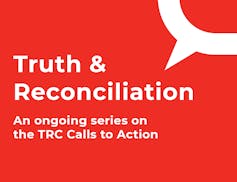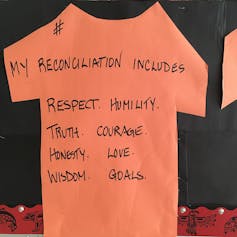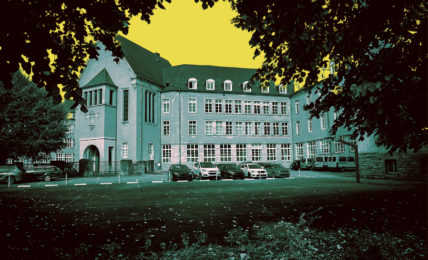Racism contributes to poor attendance of Indigenous students in Alberta schools
Indigenous parents in the study reported that they chose to send their children to an off-reserve public school for increased access to specialized programs, such as mechanics, and special education support.










